In my hometown, almost every village has at least one communal well. The well is usually located at the beginning of the village, where there is a source of clear underground water that flows endlessly. Around the well are stone slabs worn down over the years, rows of areca trees reflecting their shadows, and bamboo groves rustling in the wind. Every time I step into the well, I always have a strange sense of peace, as if I am touching the breath of the earth and sky, of the peaceful years long gone.
The village well is not only a source of water but also a witness to many generations. She said that in the past, her grandfather and the young men in the village dug a well, using laterite bricks stacked firmly so that the water would not erode. At the bottom of the well, the water seeped through the cracks in the rocks, seeped through the layer of soil and became sweet and pure. Back then, the well was where people came to fetch water, to do laundry, to chat about the village.
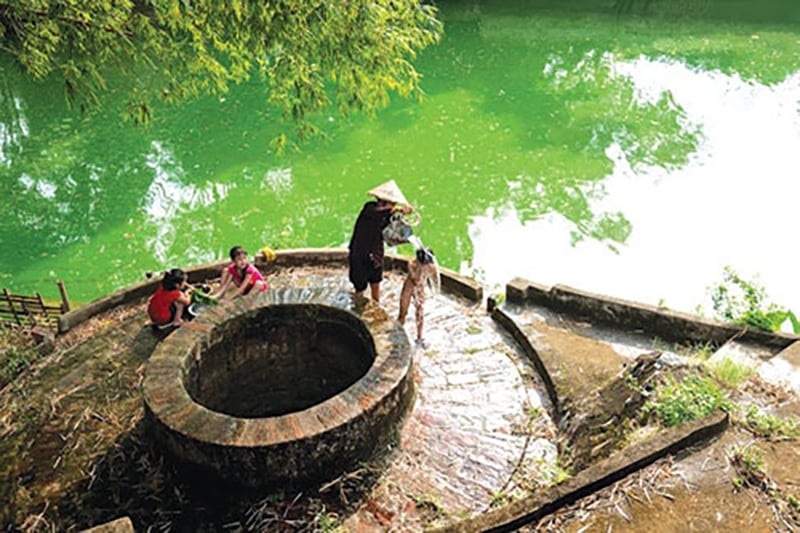 |
I still remember vividly the hot summer days, when the harsh sunlight poured fire on the dry, cracked ground. Every noon, we children would call each other to the well. Some ran barefoot on the dirt road, others wore their mother's wide-brimmed conical hat, and while walking, they flapped the palm leaf fan in their palms. The feeling of dipping our little hands into the cool water, then scooping up the clear drops and pressing them against our faces and necks, made our bodies feel cool in the sweltering heat of the summer.
In the mornings, my mother often went to the well early, used a bamboo bucket to lower it down and then scooped up water to pour into the earthenware jar. The well water was crystal clear, reflecting every strand of moss clinging to the jar's walls. My mother said that the water from the well was not only clean but also sweeter than any other water. Perhaps that was why the bowls of green tea my mother made from the well water always had a strong aroma, and when you drank it, you could feel the purity from the mother earth. Then on cold winter days, the fog covered the village roads. My little hands trembled as I scooped up water to wash my face. The coldness seeped into every strand of my fingers, but strangely, it brought a feeling of comfort and unusual alertness.
The village well is not only a source of water but also a place to connect people, where the village spirit is nurtured through each bucket of water pulled up. Every afternoon, the women in the village gather around the well, doing laundry and chatting. Sometimes, it is trivial stories about what to cook for dinner, complaints about the crops, or witty jokes about a naughty child who was scolded by his mother for climbing a tree.
There were mornings when she took me to the well, washing the leaves and reminding me: “You are grown up, you must know how to appreciate clean water and preserve the village well. Our family has its own well, but we still have to join hands to preserve the common well for the whole neighborhood.” I listened but did not fully understand what she meant. I only knew that the well was something very important, very sacred. Her advice and the stories my mother told me about the village well gradually permeated my soul over the years.
As time passes, the village well no longer plays the “central” role in people’s lives as it did before. Every house has a well and a modern pump. Water from the village well is no longer the only source of water for daily life, but for those who are far from home like me, that well is still a symbol of memory, of an unforgettable memory.
Every time I return to my hometown, I still stop by the old well. The walls of the well are now covered with moss, and the stones around the well also bear the traces of time. At the bottom of the well, the water is still as clear as ever, reflecting the sparkling rays of sunlight. I sit quietly by the well, feeling the cool breeze blowing by, as if listening to the well telling old stories.
Once, I asked her: "Why do you still like to get water from the village well when your family has a private well?". She smiled, her eyes gentle: "The village well water has the taste of the homeland, my child!" That saying has followed me for many years. The village well is not only a source of water but also a part of the village soul, of the traditional values that our ancestors have preserved for generations. No matter how modern life changes, I believe that deep in the soul of every child far from home, the image of the well is always intact, as a symbol of coolness, of love, of the peaceful and unforgettable days of childhood.
Hometown well - where pure water flows forever, like the memories that never run dry in the souls of people far from home.
Tuong Lai
Source: https://baoquangbinh.vn/van-hoa/202504/mat-lanh-gieng-que-2225567/




![[Photo] Closing of the 11th Conference of the 13th Central Committee of the Communist Party of Vietnam](https://vstatic.vietnam.vn/vietnam/resource/IMAGE/2025/4/12/114b57fe6e9b4814a5ddfacf6dfe5b7f)

![[Photo] Overcoming all difficulties, speeding up construction progress of Hoa Binh Hydropower Plant Expansion Project](https://vstatic.vietnam.vn/vietnam/resource/IMAGE/2025/4/12/bff04b551e98484c84d74c8faa3526e0)

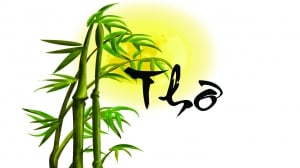
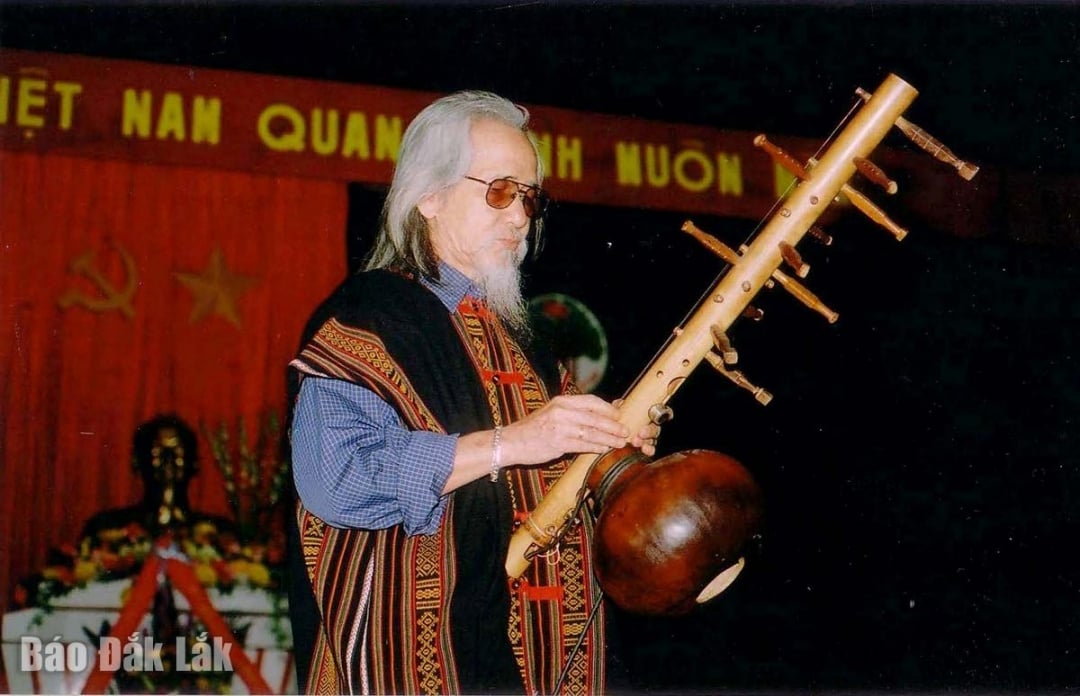
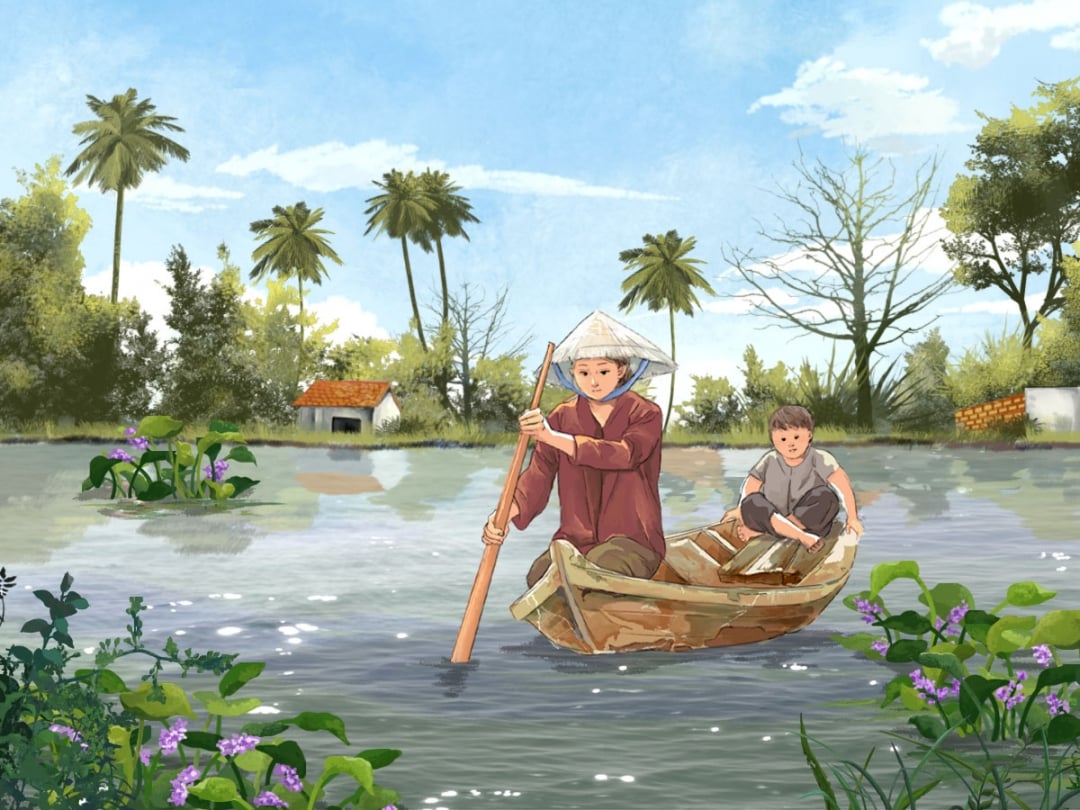
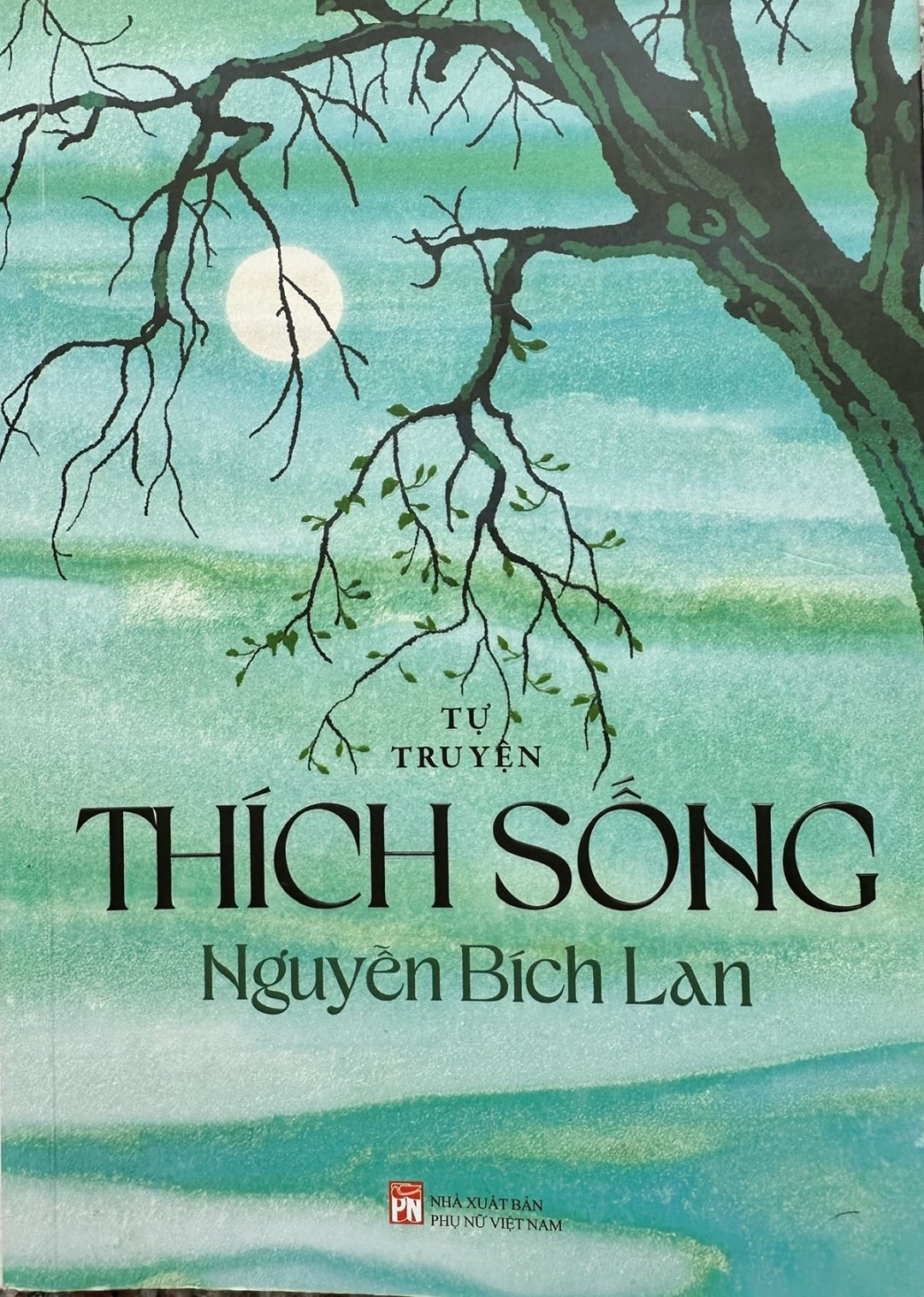
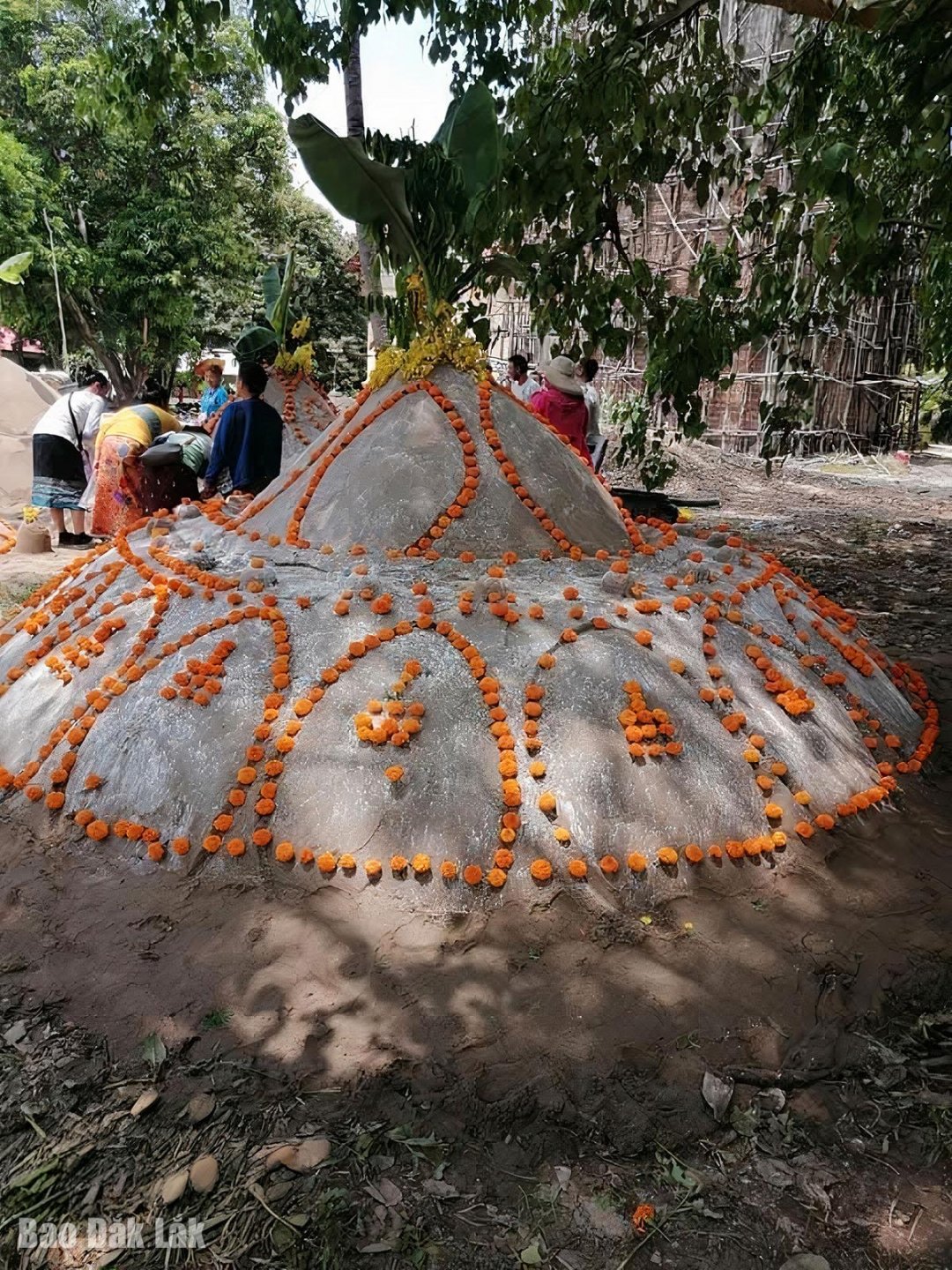





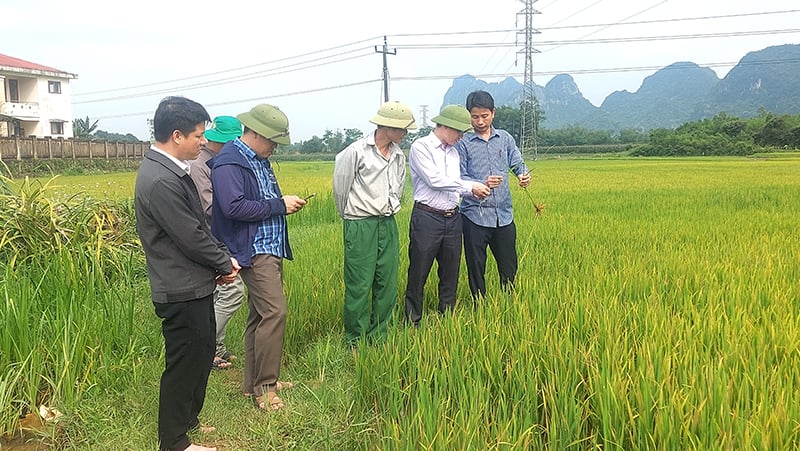


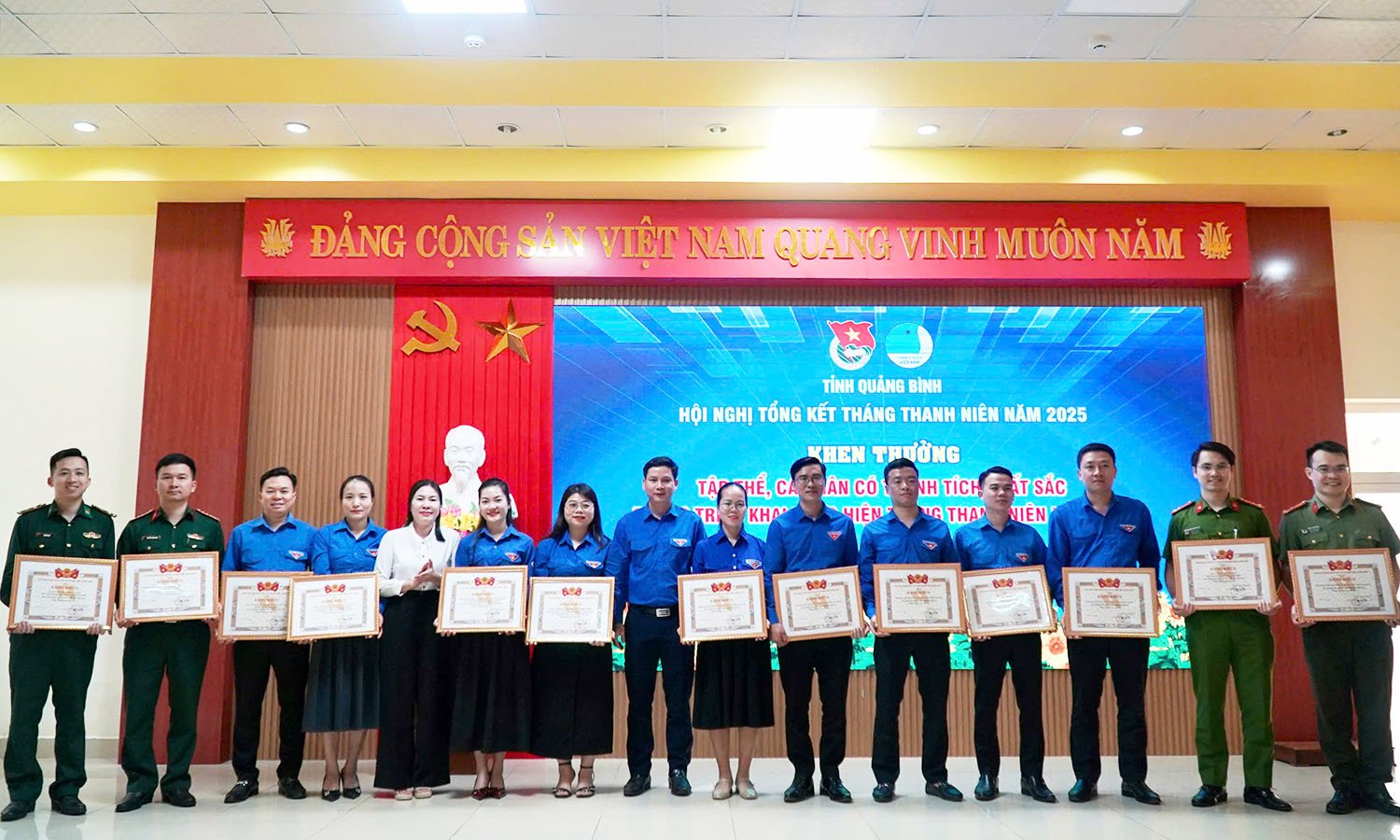




















































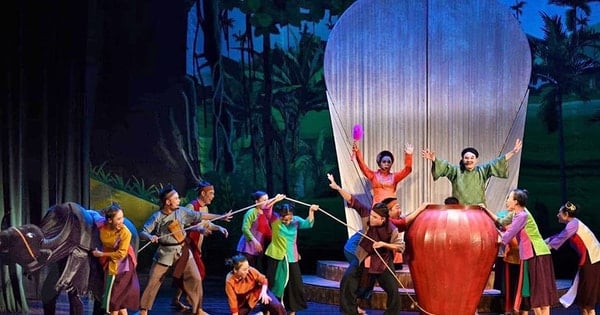
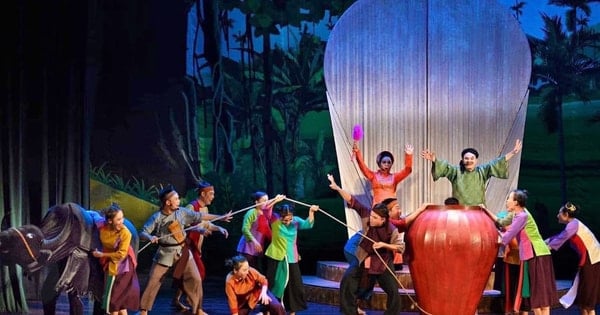











Comment (0)